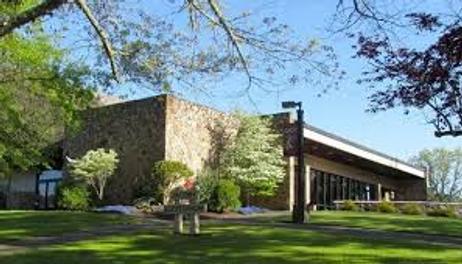Recently, a debate has been raging in higher education after for-profit colleges launched attacks on community colleges. In the wake of the first and much anticipated White House Summit on Community Colleges, criticism has been circulating about the "unsavory recruitment practices" of these institutions, according to a report on Inside Higher Ed. Community colleges have also been accused of providing less-than-stellar academic quality, course availability, and individual attention to students. Now, community colleges are fighting against accusations, with a new study designed to highlight the differences between these institutions and their for-profit counterparts.
This video looks at the pros and cons of attending a community college.
Just How Similar?
The American Association of Community Colleges recently released a brief titled "Just How Similar? Community Colleges and the For-Profit Sector." The study focuses on the fundamental differences between community and for-profit colleges that make it difficult to compare the two types of institutions according to the recently used criteria. According to a press release on PR Newswire, while the post-secondary institutions may offer several standard programs, that tends to be where the similarities end. These institutions serve a widely different population, resulting in different outcomes and success rates.
Some of the differences noted in this study include:
- A higher ratio of minority students at community colleges. More than half of all Hispanic students and 40% of Black, Native American, and Alaskan Native



.png)



















